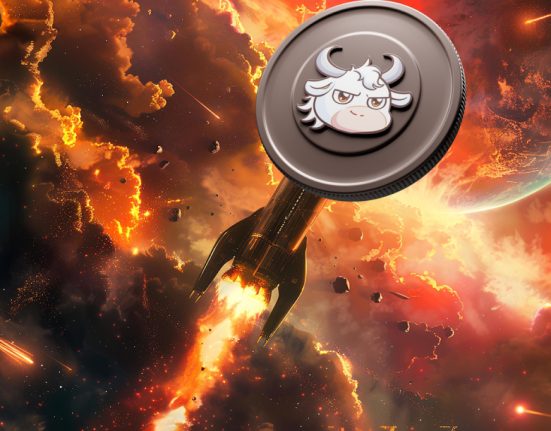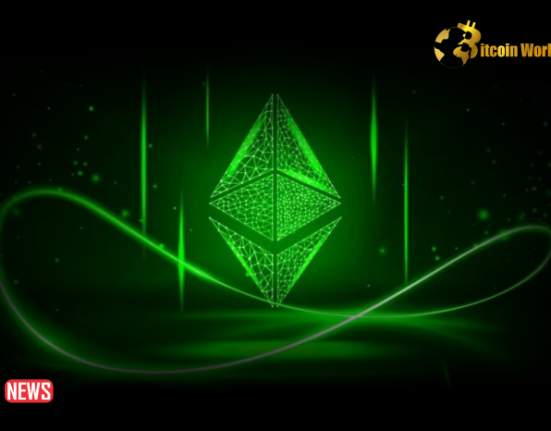A trader appears to have paid roughly $120,000 for a single transaction on the Ethereum ($ETH) network as gas fees rise and memecoin trading continues to flourish on the network’s decentralized exchanges.
High gas fees are not uncommon on the Ethereum network, although they have become increasingly unusual since the switch from the proof-of-work (PoW) protocol to the proof-of-stake (PoS) consensus process.
According to blockchain data, the average transaction cost for Ethereum was about $1.9 at the start of the year and rapidly increased to $4 by February. The average transaction fee at the time of writing is 0.012 ETH, or about $22.
A surge in meme coin excitement may be to blame for the resurgence of high gas fees, which prompted significant network activity and congested the system over the weekend. As a result of the excitement, trade volumes on decentralized exchanges increased, resulting in increased activity from Maximal Extractable Value (MEV) bots.
An MEV bot is designed to extract as much value as possible from each block on the Ethereum network by changing its content or order. These bots can perform sandwich attacks or take advantage of decentralized exchange arbitrage chances.
A sandwich attack involves the bot executing two transactions around those of another user in order to influence the price of an asset that the user is attempting to trade and profit from the difference in price.
In the midst of the trading frenzy, one transaction appears to have paid about $120,000 to have its transaction included in an Ethereum block, paying a total of 64 ETH in fees.
The transaction fee was paid while the trader was purchasing FOUR, an altcoin. The investor used the 64 ETH to hurry into the trade, collecting 84 ETH in cryptocurrencies. The trade netted them a profit of approximately $580,000 because they captured the coin just as it began trading.
According to data from the blockchain wallet management platform Zerion, the trader rushed in with a buy and then sold a portion of its position for a profit through a series of transactions.
The trader’s wallet now has a number of unknown digital assets, as well as over 100 ETH, which they appear to be ready to deploy on newly produced cryptocurrencies in order to profit.














